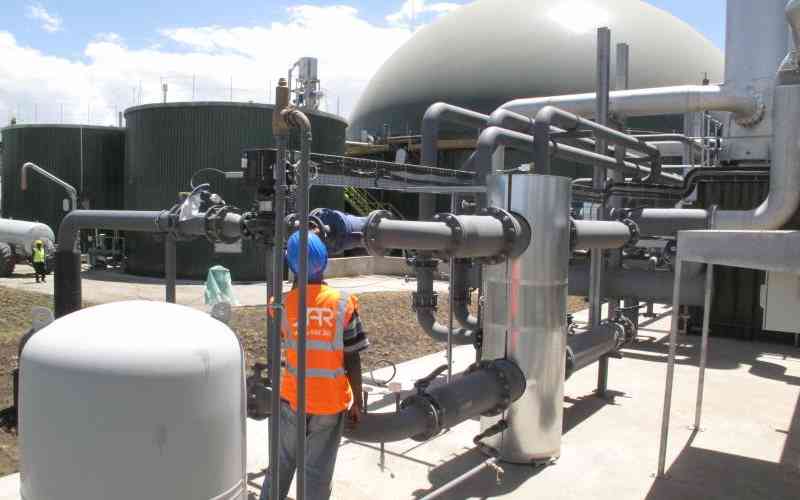×
The Standard e-Paper
Join Thousands Daily

Kenya Power offices, Nairobi [Photo: Courtesy]
Kenya Power faces an increased burden of paying for idle electricity after power generators raised production to the highest level in a single month.







